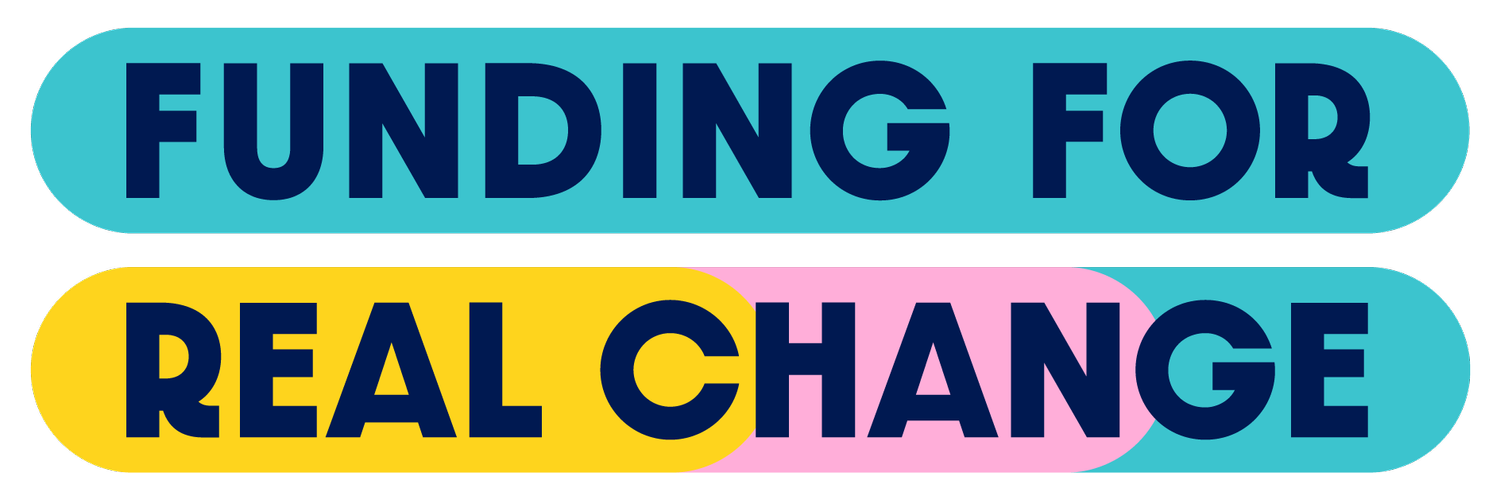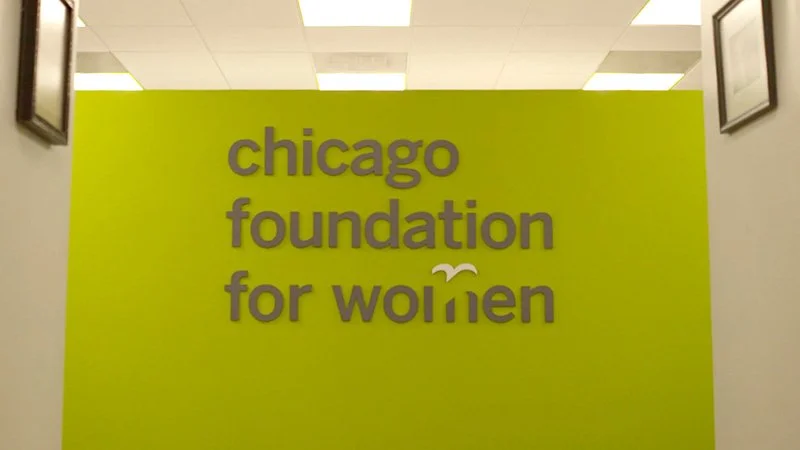
Learn from other funders
Stories from the field about how real change happens as funders and grantee partners work towards flexible funding.
Case Studies
Why these Case Studies?
The nonprofit starvation cycle is reflective of and perpetuated by the systemic under-resourcing of the core organizational functions of grantee organizations. This underinvestment will persist until funders recognize the importance of and adopt practices that enable them to fulfill their full potential.
There is no one-size-fits-all solution to ending the nonprofit starvation cycle, as the journey toward achieving more flexible and equitable ways of supporting grantees is nonlinear and unique to each funder’s context, capabilities, and goals.
As such, we have developed a series of case studies that showcase diverse practices foundations have successfully employed related to increasing indirect cost coverage in project grants. These case studies are stories of what works and what is still broken and needs to be fixed!
To facilitate the adaptation of the learnings and support you in your efforts to increase flexibility in your own foundations, we are also publishing this synthesis as an overview of some of the key insights funders and nonprofit organizations shared about their diverse perspectives and experiences in this space.

What other funders have done:
Ford Foundation increasing indirect cost commitment
The Annie E. Casey Foundation's Journey Toward Equitable Grant Making
The Impact of Large, Unrestricted Gifts on Nonprofits: Results from Year One of a Three-Year Study of MacKenzie Scott’s Giving










